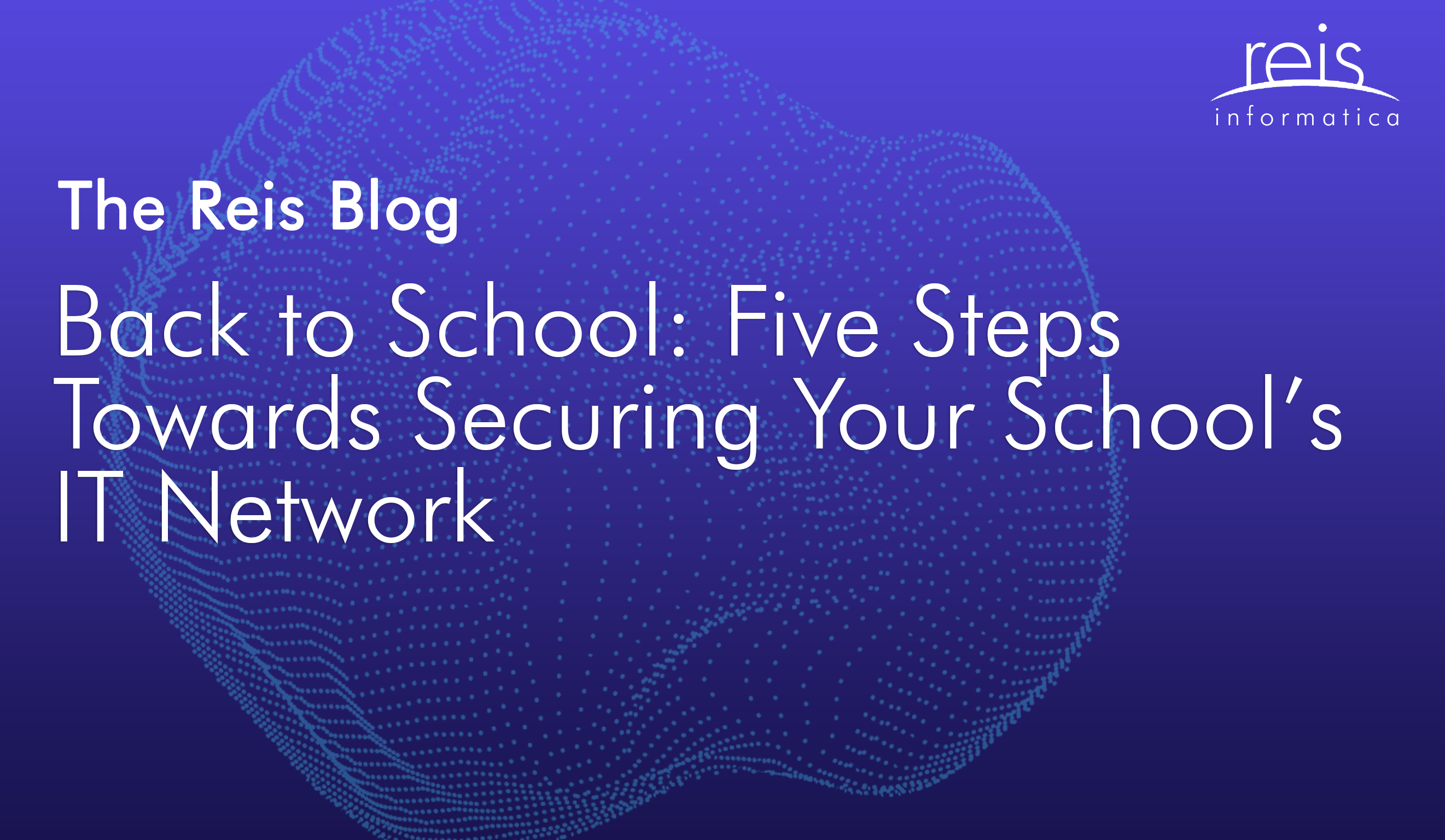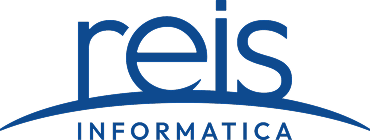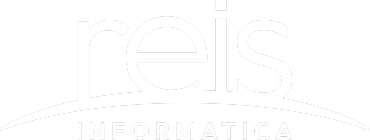The Open Security Foundation reports that 15 percent of all data breaches take place at educational institutions. When such attacks are successful, the consequences can be severe. Given the regularity of attacks on educational networks—and the harm they can cause when they’re successful—it’s vital that you make sure yours is as secure as possible. Here are five things you can do to make sure your school’s network is safe.

1. Use multiple defences.
The key to a secure network is a comprehensive approach that takes into account all possible points of entry. It’s not enough to have one anti-virus program or to encrypt only some sensitive information. Combining multiple security measures will provide the best possible defence for your valuable data.
2. Update. Update again. Then check for new updates.
According to a report by Symantec and Verizon, more than one million new threats are being released each day. It’s little wonder then that anti-virus programs require frequent updates to remain effective. Neglecting these updates increases your vulnerability to costly and time-consuming infections, so we recommend automating them whenever possible. You must also take care to download security patches for your browsers and operating systems as they become available. To make your life easier, our team at Reis Information Systems will take care of installing the patches for you. Our team will update your machines and apply all security updates to ensure the safety of your documents.
3. Control network access.
Using network administration software, you can restrict user access to information. Apply “the principle of least privilege” and ensure users can only access the information they need. This will allow you to reduce access to sensitive information while ensuring that everybody can still do their job.
4. Back up everything.
It’s inevitable that you’ll hear stories of students at your school losing nearly finished assignments because of a power outage or a flash flood. Don’t make the same mistake—back up everything you can, preferably in a secure, off-site location. That way, in the event of a security breach (or a natural disaster), you don’t have to worry about extensive data loss.
5. Encrypt sensitive information and use strong passwords.
We hear numerous stories about big and small corporations being hacked every day. In June this year, hackers were able to infiltrate the network of the Top Australia University, with unauthorized access to staff and student data extending back for 19 years.
Make sure that your school’s network administrators are using unique passwords or a suitable password manager app. You can also consider implementing two-factor authentication, which requires both a password and a second authorization code—sometimes a secret question, sometimes a code sent to a registered mobile phone.
Finally, it’s necessary to encrypt sensitive information whenever it’s not being used. In case your school falls victim to a successful cyberattack, you’ll at least have the consolation of knowing that your files were, for the most part, useless to the perpetrators.
If you need help and guidance in maintaining a secure school IT network, give us a call today at 519-579-8777 and one of our specialists will be more than happy to assist you!
Sources:
Cimpanu, C. Australian tech unicorn Canva suffers a security breach. Retrieved from https://www.zdnet.com/article/australian-tech-unicorn-canva-suffers-security-breach/
Top Australia university data breach extends back 19 years. Retrieved from https://www.bbc.com/news/business-48508192

